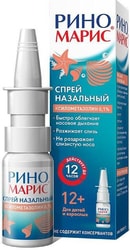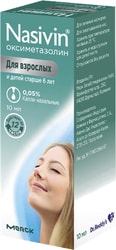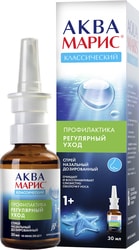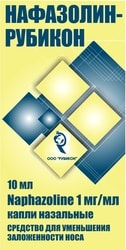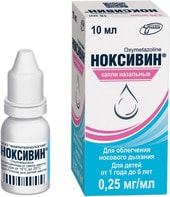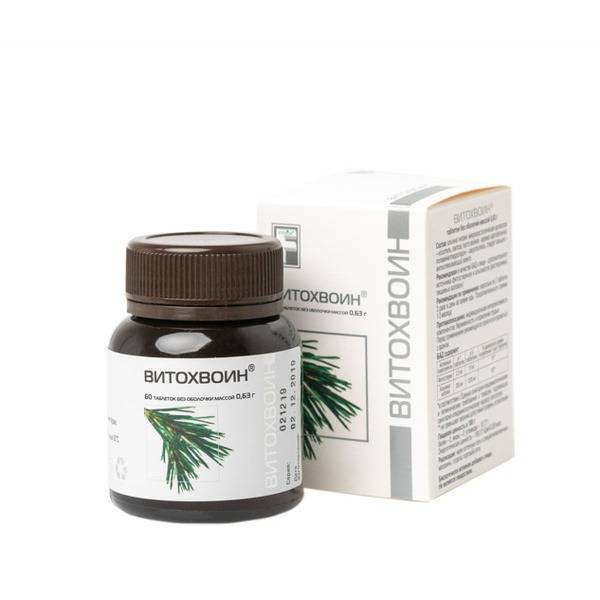
VITOCHVOIN® is a polyvitamin-phytoncide complex derived from pine and fir needles. It's a rich source of phytosterols, alginates (soluble dietary fiber), and other vital bioactive compounds. The pine needle paste contains phytosterol (provitamin D), chlorophyll derivatives, beta-carotene, lutein and other carotenoids (provitamin A), tocopherols and tocotrienols (vitamin E), as well as other vitamins, phytoncides, macro- and microelements, polyprenols, squalene, and polyunsaturated fatty acids.
Extensive research conducted at the State Research Institute of Influenza (RAMN) demonstrated the prophylactic and therapeutic efficacy of pine needle paste (the primary active component of VITOCHVOIN®). Studies on white mice with experimental influenza revealed a reduction in pathological lung changes when treated with the paste. In vitro studies showed antiviral activity against influenza, herpes simplex, and adenoviruses, significantly weakening the pathogenic effects of influenza.
Electron microscopy revealed that the pine needle paste affects the subtle mechanisms of viral particle reproduction and budding, ultimately inhibiting the development of lethal influenza infection in animals. The developing viral population in the presence of pine needle paste becomes defective, misshapen, and heterogeneous in both shape (spherical, bean-shaped, filamentous) and size, with significantly reduced properties. The hemagglutinating activity of newly reproduced virus was suppressed 4-fold in ovo. The pine needle substance also exhibited moderate interferon-inducing activity, and its inhibitory effect on herpes simplex virus type 1 was demonstrated in cell culture.
Furthermore, researchers at the State Research Institute of Influenza proved the virucidal action of several pine needle fractions against herpes simplex and influenza viruses, reducing their infectivity. The Institute, in collaboration with the St. Petersburg State Forest Technical Academy, investigated the virucidal activity (against influenza A and B viruses) of the total fraction of phenolic compounds present in the pine needle paste. These phenolic compounds, primarily acetophenone derivatives, cinnamic and benzoic acid derivatives, flavonoids, and lignans, inactivated 10⁵ influenza A and B virus units within 10 minutes of contact; complete inactivation occurred after 30 minutes.
Phytosterols (a mixture of plant sterols including β-sitosterol, stigmasterol, and campesterol) stabilize phospholipid content in cell membranes. They possess anti-atherogenic and anti-carcinogenic activity, and exhibit anti-inflammatory, antipyretic, immunomodulatory, and antioxidant effects. They also normalize carbohydrate metabolism by increasing insulin production and lowering blood glucose levels. A key benefit is their ability to lower blood cholesterol and LDL levels.
Sodium alginate improves the functional state of the digestive tract, reduces the aggressive effects of gastric acid (helpful for heartburn), promotes healing of stomach and duodenal ulcers and erosions, and aids in the complex treatment of gastrointestinal diseases. It restores intestinal motility (helpful for constipation and bloating), and is recommended for irritable bowel syndrome. As a highly active enterosorbent, it removes metabolic waste products, radionuclides, and heavy metal salts from the body. It restores the intestinal microbiota, promoting the growth of beneficial bacteria while suppressing harmful ones (beneficial for dysbiosis, especially after intestinal infections or antibiotic use). It protects the colon from carcinogens, reducing the risk of colon cancer; supports the immune system; reduces allergic reactions; and decreases appetite, normalizing fat and carbohydrate metabolism (helpful for weight management, diabetes, and cardiovascular disease).

